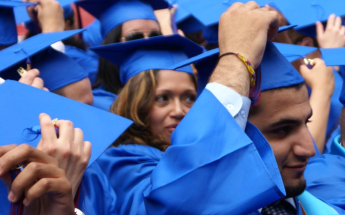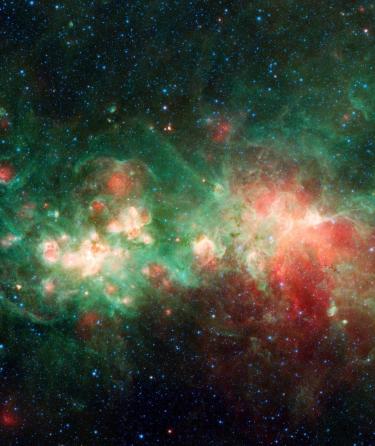Physics
The Physics program offers a full set of Physics classes, ranging from General Education courses to university transfer classes for science and engineering majors.
Associates Degrees

Physics AS-T
The Associate in Science in Physics for Transfer will be awarded after completion of 60 CSU transferable semester units of coursework consisting of 30 semester units in the major and 30 units of General Education (9 units from the major preparation may be double counted to meet the 39 units of General Education courses required by CSUs for transfer).

Physics AS
The Associate of Science in Physics program is comprised of a sequence of courses, with 43 units in the major, typically required as lower division preparation for transfer in a science or engineering major at a four-year school. Students wishing to enter the program of study should have completed precalculus level math and are encouraged to consult with a counselor as transfer institutions may have additional lower-division major preparation requirements.
Our Courses
The student learns the basic principles of physics: mechanics, forces, Newton’s laws, fluids, oscillations, heat, optics, sound, electricity and magnetism, and relativity, by applying them to analyses of popular movie scenes to gauge their level of physical plausibility and realism.
Students learn a practical and historical overview of basic physics, including laws of motion, properties of matter, heat, sound, electricity and magnetism, light, atomic and nuclear physics, and relativity, and is reminded of their role in technology and culture today. No mathematical preparation is needed.
The student will learn to use basic laboratory techniques to understand and apply simple physical laws and concepts, including the use of graphs, calculators and simple measurements to understand and measure the speed of sound, forces, densities, velocities, indexes of refraction, specific heats, and verify Hooke’s law, Boyle’s law, and Ohm’s law.
Students learn the fundamentals of Newtonian physics, such as mechanics, heat, and sound. This course is designed for majors in Health and Life Sciences, Architecture, and all those needing a one-year course in college physics requiring trigonometry but not calculus.
Students learn the later developments of physics leading through electricity and magnetism to optics, relativity and quantum theory, and atomic and nuclear physics. This course is designed for majors in Health and Life Sciences, Architecture, and all those needing a one-year course in college physics requiring trigonometry but not calculus.
The student learns the fundamental principles and applications of Newton’s laws in classical mechanics, including motion in one and two dimensions, gravitation, rotation, energy, momentum, periodic motion, and fluid mechanics at the beginning calculus level of mathematics. The laboratory includes both quantitative and qualitative experiments that permit students to verify, illustrate, and deduce various laws of physics.
The student learns the fundamental principles and applications of introductory thermodynamics (temperature, heat, heat engines, entropy, and other topics), and electricity and magnetism (electric forces, electric fi elds, potential, magnetism, magnetic forces and f i elds, capacitance, resistance, inductance, DC and AC circuits, and other topics) at the beginning calculus level of mathematics. The laboratory includes both quantitative and qualitative experiments that permit students to verify, illustrate, and deduce various laws of physics.
Students learn the topics of mechanical waves, electromagnetic waves, light and optics, relativity, introductory quantum mechanics, and atomic and nuclear physics. Topics in molecular physics and condensed matter, as well as particle physics may also be included. The laboratory includes both quantitative and qualitative experiments which enable students to verify, illustrate, and deduce some of the laws of physics that apply to the topics covered.
Allow students to pursue Directed Study on a contract basis under the direction of a supervising instructor.
Physics & Engineering Department
Location
We are located in the Sciences Building 222D.
Contact
Dr. Jayesh Bhakta, Department Chair
Email: @email
Phone: (323) 953-4000 Ext. 2923
